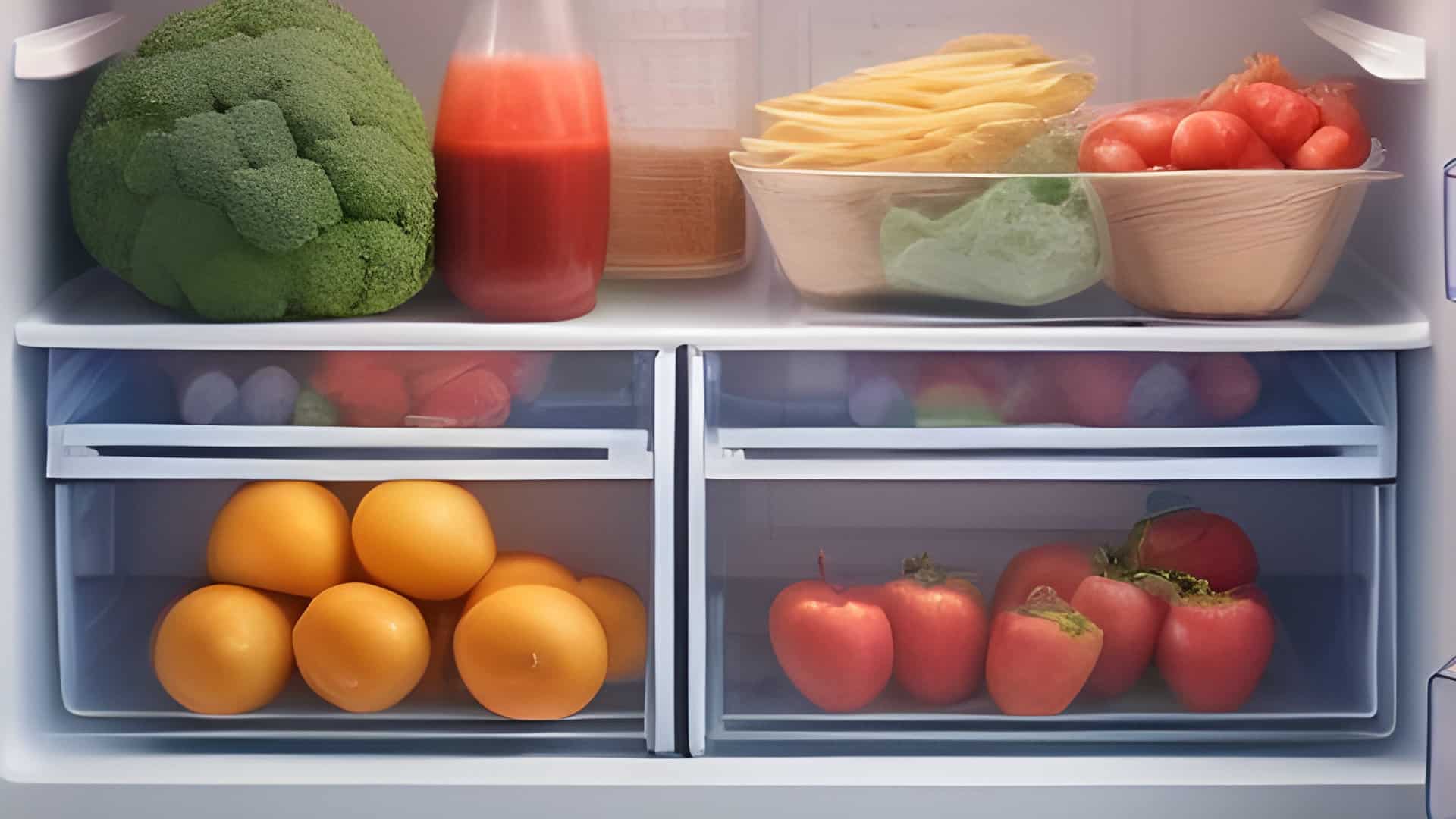
A glass-top stove, like any other glass surface, will show even the smallest spill, splatter, or smear. Worse, any dried food that isn’t wiped up right away can burn onto the surface the next time you cook. Burned spills leave a stubborn mess that can be nearly impossible to remove.
While you want to keep your glass top stove sparkling clean, you also don’t want to accidentally scratch your stove when cleaning it. Here, we offer five tips for thoroughly cleaning your glass top stove without causing any damage.
1. Clean the stovetop daily
First and foremost, wiping down the surface of your glass-top stove after each use is the simplest way to keep it clean. Always use a microfiber cloth or sponge dampened with vinegar or water, never a scouring pad or scrub brush, as these can scratch the surface. If you maintain a clean stovetop and never allow food or spills to sit, you will be less likely to need to do more in-depth cleans.
2. Only clean when cool
Touching a hot cooktop is never a good idea, and spraying any type of cleaner onto the glass while it’s still hot can lead to burnt-on residue. It can even cause damage to the surface.
After cooking your meal, allow the surface to cool completely before beginning work. To make it easier to remember, you can try setting a timer for 20 minutes or so after you have turned off the stove, to remind you to clean it now that it is cool.
3. Use baking soda and vinegar to remove tough stains
While wiping your stove down after every use is ideal, in reality, sometimes life gets in the way and you let dirt or food spills build up on your glass stovetop. In this case, you’ll want to go a little further than a wipe-down with vinegar and a cloth to remove the tougher stains.
You will need:
- Baking soda
- Equal parts water and white vinegar in a spray bottle
- a clean towel
- A clean sink basin or a bucket of hot water
- Microfiber cloths or clean, soft rags
Method:
- Once the stovetop has cooled, liberally spray it with the vinegar and water mixture.
- Sprinkle baking soda liberally over the liquid you just sprayed.
- Dip your clean towel in the bucket or sink filled with hot water, then wring out any excess liquid.
- Cover the baking soda and vinegar on the stovetop with this towel, making sure that it covers the entire surface of the stove. If the towel is too small, get another small towel and repeat the process so that the entire stovetop is covered.
- Allow 10–15 minutes for the towel to sit.
- Carefully remove the towel, taking care not to drip on the floor, and use a microfiber cloth to remove the baking soda and vinegar.
- Spray the stovetop again with vinegar and buff out any streaks with a clean microfiber cloth or soft rag.
- If you notice there are still some stubborn marks or stains, you can repeat the steps until your stovetop is clean. If there are some stains or marks that are just not budging, try one of the next steps.
4. Try a specially formulated cooktop spray
Avoid using regular oven cleaners on your glass stovetop as these can damage your stove. However, there are some sprays and cleaners that are created with glass stovetops in mind. These products can be particularly good for removing grease stains. Have a look at the cleaning products aisle at your local supermarket in order to find one that is suitable for your stove. Make sure you avoid anything with ammonia in it, as it can dull the glass surface of your stove and make it look less shiny.
5. Use a razor blade to remove baked on spills
Most stains and spills on a glass top stove can be removed using the baking soda and vinegar method. Yet sometimes there are burnt-on rings around the burners of your stove that just won’t go away no matter how hard you try. In this case, you can try using a razor blade—this can be a very effective way of removing the most stubborn of marks when used correctly.
You will need:
- A razor blade or a scraper tool
- Spray bottle with distilled white vinegar
- A microfiber cloth
Check the stove manufacturer’s instructions before using a razor blade on your glass-top stove. If your manual says not to use a razor blade, follow that advice.
Method:
- Check that the surface is cool.
- Spritz any troublesome areas with vinegar to soften burnt-on residue.
- Gently scrape the residue with the razor. Hold the razor correctly here: don’t use the blade’s corners or you’ll scratch your stovetop. Instead, hold the cutting edge at a very slight angle from the stove’s top. It needs to be as flat as possible. Scrape at the debris with this until it comes free.
- Wipe away any remaining residue with a clean microfiber cloth.
- If there are some spots that are still not coming off, try using the baking soda, vinegar and damp town method to soften those spots first before using the razor blade.

How to Fix the nF Error Code on a Samsung Washer

Kenmore Elite Dryer Issues: How To Troubleshoot

Microwave vs. Oven: Pros and Cons and How They Differ

Self-Cleaning Oven Smell: Causes & Odor Reduction Tips

Frigidaire Ice Maker Not Working? 7 Ways to Fix It

Why Is Your LG Refrigerator Not Cooling? (9 Common Reasons)

GE Oven F2 Error: Causes & Solutions

How to Reset the Water Filter Light on a Samsung Refrigerator

Maytag Washer Showing F5 Error Code? Here’s What To Do






